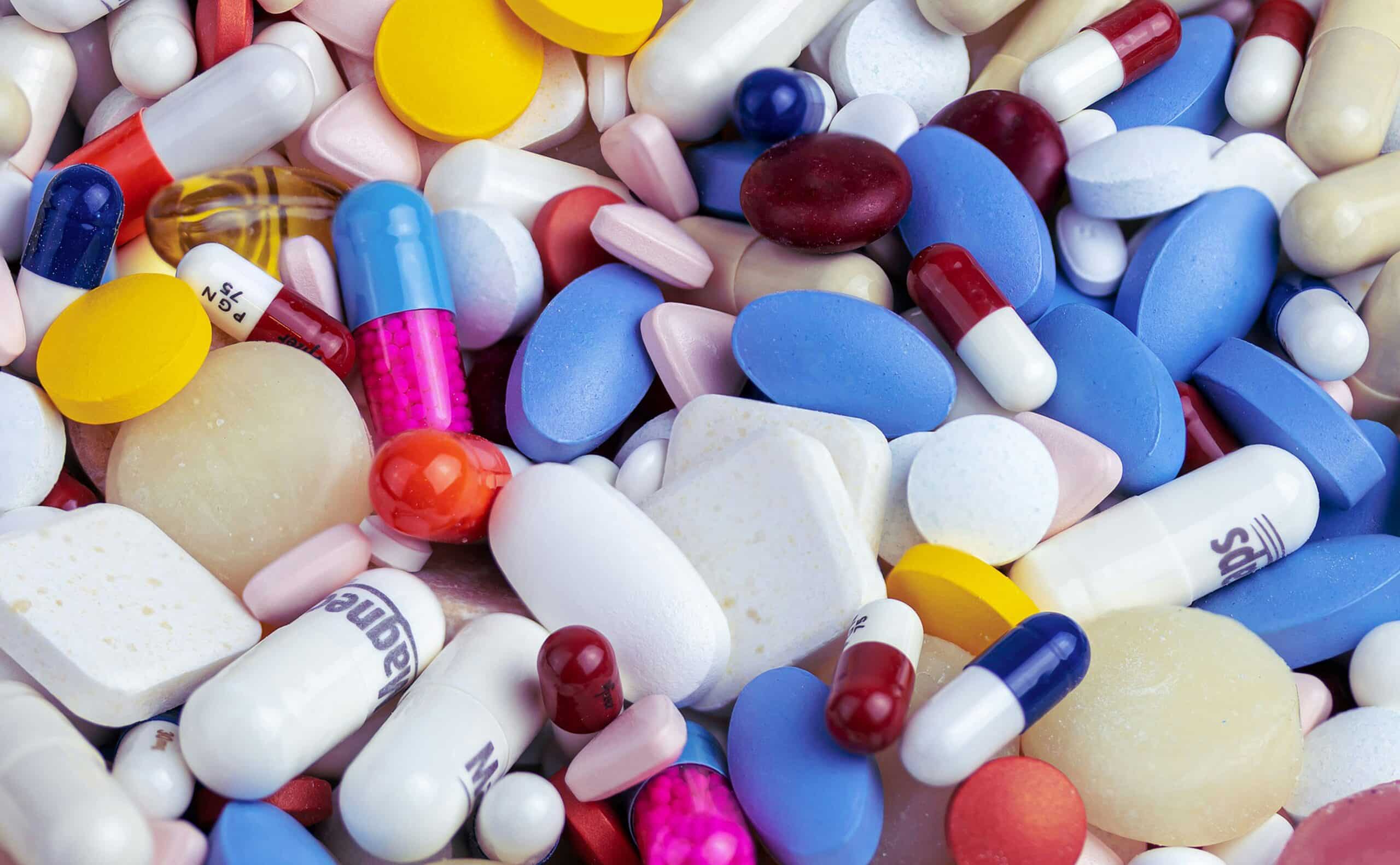“Fentanyl is killing Americans at an unprecedented rate,” states a Drug Enforcement Agency (DEA) letter that went out to federal, state, and local law enforcement in April 2022. “Already this year, numerous mass-overdose events have resulted in dozens of overdoses and deaths.”
“Drug traffickers are driving addiction, and increasing their profits, by mixing fentanyl with other drugs. Tragically, many overdose victims have no idea they are ingesting deadly fentanyl until it’s too late.”
The DEA further states: “These mass-overdose events typically occur in one of the following scenarios: (1) when drug dealers sell their product as cocaine, when in fact it contains fentanyl; and (2) when drug dealers sell pills that appear identical to legal prescriptions, but they’re actually fake prescription pills containing fentanyl.”
Because of these mass-overdose events, and the deathly drumbeat of individual overdoses happening every day, fentanyl is driving the nationwide opioid epidemic.
In the period from October 2020 to October 2021, more than 100,000 Americans died of an overdose. Two-thirds of those people died from synthetic opioids like fentanyl.
As the urgent DEA letter and daily news reports make clear, the fentanyl crisis is not slowing down as we move into mid-2022. In response, we at Lakeview Health are doing everything we can to educate people, save lives, and fight this epidemic til it dies away for good.
This blogpost is part of that effort. Here we will cover the basics of fentanyl, including the forms it takes, and how it gets distributed. We will also explain why this fentanyl crisis is different from the opioid crises that preceded it, and offer ways you or your loved one can stay protected.
Six fentanyl facts
1) What is fentanyl?
Fentanyl is a synthetic opioid similar to morphine, but far more potent. It was developed as a prescription drug used to treat people with severe pain, such as after surgery, and also for those with chronic pain who have become tolerant of other opioids.
In its prescription form, it is known by several brand names including Actiq®, Duragesic®, and Sublimaze®. When prescribed, fentanyl can be taken as a shot, a skin patch, or a lozenge.
2) Where does fentanyl come from?
Illegal fentanyl is produced in labs. According to the DEA, much of the illicit fentanyl that ends up in the U.S. is sourced from China in raw form by Mexican cartels. Once in Mexico, it is made into fentanyl in a lab, at which point most of it gets transported across the U.S. border for distribution.
3) How potent is fentanyl?
It is very difficult to track this drug because unlike cocaine, heroin, or other drugs with more “heft,” very small amounts of fentanyl can be smuggled into the country. Yet those amounts are still extremely potent and profitable.
To get a sense of fentanyl’s potency, the DEA says a 2 milligram dose is potentially deadly for one person. With that tiny amount in mind, consider that 2 kilograms as a measure of weight equates to 4.4 pounds—or about the weight of a small dumbbell for working out. Point being: 2 milligrams of fentanyl, ie., a lethal dose, weighs just one-millionth of that dumbbell. Working back in the other direction, that means 2 kilograms of fentanyl—a dumbbell’s worth—is theoretically enough to kill one million people, according to the DEA.
4) What forms does fentanyl take?
Fentanyl often gets mixed with other drugs to increase their potency and addictiveness. Cocaine is one of the most common, but suppliers and dealers also lace other drugs including heroin, methamphetamines, and marijuana. It’s also sold in powder or nasal spray form.
More and more, it’s being pressed into pill form to mimic legitimate widely used prescription drugs like Xanax, Adderall, and Oxycodone. Illicit manufacturers will even put a letter or number stamp on these pills so they look like the legitimate prescription pills.
Which is of course another reason why fentanyl is so dangerous beyond its basic potency. Many people who use it and overdose on it don’t even know they’re taking it, so they have little or no tolerance built up to protect themselves. Overdose risk is especially high when fentanyl gets added to a non-opioid like cocaine, and that contaminated cocaine is then used by someone who never uses opioids.
Recently, the DEA has seized what the media is calling “rainbow fentanyl.” This is fentanyl that comes as brightly colored pills and powders. The emergence of rainbow fentanyl is alarming as it is believed to be a way of targeting younger people with the drug.
5) How does fentanyl reach the customer?
In a very real sense, social media has evolved into the modern-day “streetcorner” for drug dealers. There’s even a language based around emojis that people use to request certain drugs online—fentanyl included. Dealers and buyers now communicate this way.
And again, people are knowingly buying fentanyl via this method, but also unknowingly through counterfeit prescription pills. People think these are the real pills, but they’re not, and the result of that transaction can be deadly.
To help you understand more of what you may be seeing online, street names for fentanyl include:
- Apache
- Dance Fever
- Friend
- Goodfellas
- Jackpot
- Murder 8
- Tango & Cash
6) Why is Fentanyl so dangerous?
As happens with other opioids, a fentanyl overdose can cause unresponsiveness or loss of consciousness; blue, gray, or white lips or fingernails; and snoring or gurgling sounds. A fentanyl overdose can also cause a rigid jaw, chest, or torso; a slow or irregular heartbeat; and seizure-like symptoms such as jerking limbs or muscle spasms.
In more serious cases, a fentanyl overdose can cause breathing to slow or stop, which decreases the amount of oxygen that reaches the brain. If this goes on for several minutes or longer, it can lead to a coma, permanent brain damage, or death.
Fortunately, a fentanyl overdose can be reversed if someone administers naloxone in a timely manner. This widely available medication is available as a nasal spray under the brand name Narcan.
Impact of Fentanyl on society
Fentanyl’s potency puts it in a whole new category of crisis drug. Experts say it is 50 to 100 times more powerful than morphine—itself a powerful opioid. And we mentioned earlier how little of the substance (2 mg) it takes to kill a user.
Because fentanyl can be transported, laced, or pressed in such small amounts, that also makes it difficult to trace. Fentanyl also cannot be identified by sight, taste, or smell.
All of which makes fentanyl easy to buy and sell online—with transport as quick and convenient as a DoorDash or Grubhub food delivery.
At this point, some skeptics might ask, why would manufacturers and suppliers make fentanyl so potentially lethal? After all, killing off your customer base doesn’t sound like a sustainable business model.
Well guess what, these people don’t care if they kill a few customers along the way. The way they see it, there’s more where they came from. This drug is powerful enough, addictive enough, and gets people high enough that the demand will be there.
Tips to avoid Fentanyl dangers
Tip #1: Stay away from counterfeit pills.
If you or a loved one takes prescription medication for pain, anxiety, attention-deficit issues, or for any other condition, please do not consider getting these medications online if the current prescription runs out or is discontinued by the doctor.
You do not know what you’re getting with those pills. They are not regulated, there’s no ingredients label, and they very well might contain fentanyl. Don’t take that chance, it’s not worth it!
Tip #2: Be aware of fentanyl test strips.
Unfortunately these are legal in only about half the states to date, though legalization is moving forward in most areas of the country. These rapid testing devices allow people to know if the drug they’re about to take contains fentanyl. Fentanyl test strips are saving lives.
“We hope all the states will come to realize the dangers of [fentanyl] contamination are so high and that fentanyl test strips empower a person taking drugs to know whether they have fentanyl,” says Nora Volkow, MD, director of the National Institute on Drug Abuse at NIH.
Tip #3: We would never condone drug use and believe that abstinence is the ultimate answer.
However, if someone is going to use, he or she needs to:
- Avoid using drugs alone, and take turns.
- Start with a small dose, and go slowly.
- Keep naloxone (brand name Narcan) ready and on hand.
- Avoid mixing drugs.
- Test your drugs using fentanyl test strips (if they’re legal in your state).
How to lower your fentanyl overdose risk
If you or a loved one is addicted to opioids, cocaine, methamphetamines, weed, or any other drug that may be laced with fentanyl, the risk of an overdose is real. This is not media hype or a manufactured crisis. For drug users, the risk of death has never been higher.
The only way to lower that risk to zero? Seek treatment, stop using, and begin the wonderful journey to long-term recovery.
Easier said then done, right? We understand that completely. We know that the urge to use and the cravings to continue can be incredibly strong.
But quitting is possible, and people do it every day. Remember, you have choices. There is another way. We can help you (or a loved one) find that way, and get your life back once and for all.
If you’re ready to take that first step, call us today at 866.704.7692, or visit lakeviewhealth.com.
Don’t overthink it, just get in touch. We’ll be with you every step of the way.




